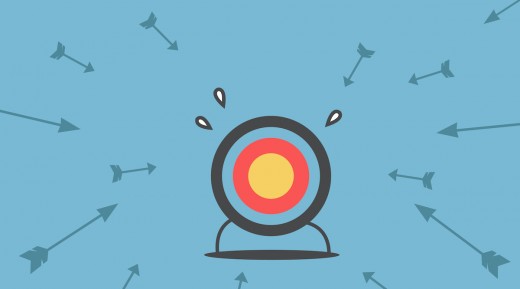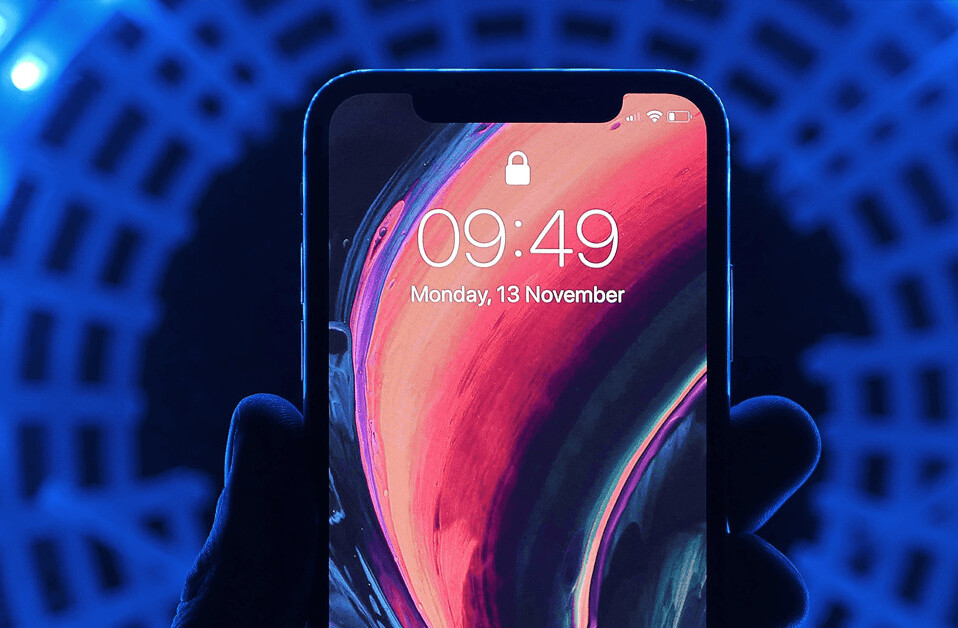
Do you ever set an audacious goal you’re really excited about but find yourself over it in just a few days?
Don’t worry, we are all guilty of this to some degree. The problem is that many of us rely on sheer willpower to get us through the hard times, we think if we just try harder we can succeed. Although that can be the case, why not use every tool we have in our toolbox?
Our brains regulate our everyday activities, movements and thoughts but we tend to overlook how it can be utilized when it comes to goals. Today I want to share three ways you can use your brain to set and achieve goals.
Step One: Create micro-goals
As kids (and even adults) we’re constantly encouraged to dream big and set audacious goals. There’s nothing wrong with that, but setting long-term goals without chunking them into smaller, bite-sized goals can make these huge goals seem more intimidating and harder to achieve.
In order to reduce the cognitive load of setting out for such a huge goal, break it down into micro-goals so you can achieve “small wins.”
Micro-goals are small, achievable goals that you can set to start propelling yourself towards success.

Let’s suppose you’re a bit socially awkward and you want to work on improving your social skills. A micro-goal that you could set for yourself would be to make eye contact and smile at five people on your commute home. Compare this to your long-term goal which may be to strike up a ten minute conversation with a stranger. By breaking down your larger goal into a smaller and more achievable one, you’re setting yourself up for success.
When you achieve these micro-goals you’ll feel a sense of achievement and happiness, here’s why.
When you achieve something your brain is releasing dopamine, a brain chemical that is commonly known as the “reward” chemical. By setting yourself up to win more frequently, you’re triggering more dopamine releases making you feel happy and more confident. By creating this positive feedback loop in your brain you will feel more motivated to achieve more small wins and eventually your ultimate goal.
How to set micro-goals
When setting micro-goals for yourself, make sure they are specific. Making them specific helps reduce the cognitive load of having to decide what you’re going to have to do next. Our willpower is limited so the more it’s used up, the harder it is to do something. Micro-goals should be:
- Specific: Get specific as to the frequency or quantity of what your goals are.
- Achievable: Make your goals achievable and bite-sized. Keep your long-term goal in mind but trying to achieve such a large goal without the bite-sized ones can make it seem intimidating and harder to achieve than they have to be.
- Given a deadline: By giving yourself a timeline you’ll be able to easily measure if you achieved your goal or not. You will also feel a sense of urgency to get you motivated.
- Rewarded by the action: When you’re working towards something you can’t always control what the outcome will be, but you can control whether or not you do something. For example, if you smile at five people and one out of those five don’t smile back…who cares? You achieved your goal which was the action of smiling. You’re rewarding the action, not someone else’s reaction which is out of your control. You can reward yourself with a favorite food, an hour of guilt-free TV or Web surfing.

Step 2: Write it down to prime your brain
Writing may seem like a lost art these days, but it can work wonders. “Writing things down has been shown to increase retention by 30 percent.” Writing down your goals, why you want to achieve them and what your future could look like will help you prime your brain for success. Here’s why.
The act of physically writing something down activates your RAS system in your brain which is responsible for filtering out unnecessary information to help you focus on the stuff that’s important.
Have you ever considered buying a new car and then start seeing those cars everywhere! No, everyone and their Mom did not buy that car overnight, it’s actually your RAS in action. You primed your brain to focus on that type of car because you deemed it important and your brain is helping you out by filtering out unnecessary information and focusing on the more important stuff.
How to prime your brain
Using this same principle, writing down your goals will help your RAS system focus on them. Here are some questions to ponder:
- What would your life look like if you achieved your goal?
- What happens if you don’t achieve your goal or make a change?
- What’s one small thing you can do now to get there?
When you’re writing down these answers make sure you get specific and deeply imagine the answers. By creating imagery around your answers you’re priming your RAS and focusing your attention towards the goals you want to achieve.
Step 3: Use habits to your advantage
How much thinking do you do in the mornings as soon as you wake up and brush your teeth? Probably not much, it’s automatic right? That’s because it’s a habit. Habits regulate our everyday lives and they’re literally ingrained in our brains.

Habits live in the part of the brain called the basal ganglia which is located near the brain stem. It’s a very old, primitive part of the brain responsible for habits and habit creation. It’s so powerful that people who suffer brain damage and experience memory loss will still retain their old habits as long as the basal ganglia was not damaged.
So what are habits?
According to Charles Duhigg, author of The Power of Habit, the habit loop consists of the cue, routine and reward. The cue is what triggers you to do something, routine is what you do and the reward is the feeling you get from doing the routine. For example, when you brush your teeth you do it first time in the morning (cue), you put toothpaste on your brush and start brushing (routine) and when you’re done you feel that minty, tingling sensation (reward).
How to use habits to your advantage
You can use the power of habit to make certain behaviors automatic. Let’s suppose you want to exercise more, here’s what a habit loop could look like:
- Cue: Put your shoes by your front door before you leave for work. As soon as you get home you see them and remember it’s time to run
- Routine: The running part! You can set a micro-goal to simply run for ten minutes to make it achievable, rather than an intimidating goal of running ten miles
- Reward: The dopamine release from exercise. If that’s not strong enough, you can also bribe yourself with a reward of a beer or an hour of TV
Transforming your habits is a great way to hack your brain for success. The most effective way to change your habits is to focus on changing the “routine.” The cues will always be there, so you can use those same cues (i.e. time of day, environment, preceding event, etc) to trigger a new routine. So rather than plopping on the couch as soon as you get home from work, you’re changing the routine to going for a run as soon as you walk in the door.

Conclusion & Free eBook
When you’re working towards crushing your goals you want every tool available…so use your head! Understanding your brain and ways to use it to your advantage will give you an edge when it comes to being the best person you can be.
This is a guest post by communication coach Katrina Razavi, she helps people who struggle with social anxiety and social confidence become socially attractive and live their best lives. Visit her site and get the free eBook: 5 Easy Ways to Avoid Awkward Conversations
Read Next: 7 goal-setting strategies to help you achieve great things on social media
Image credit: Shutterstock
Get the TNW newsletter
Get the most important tech news in your inbox each week.




